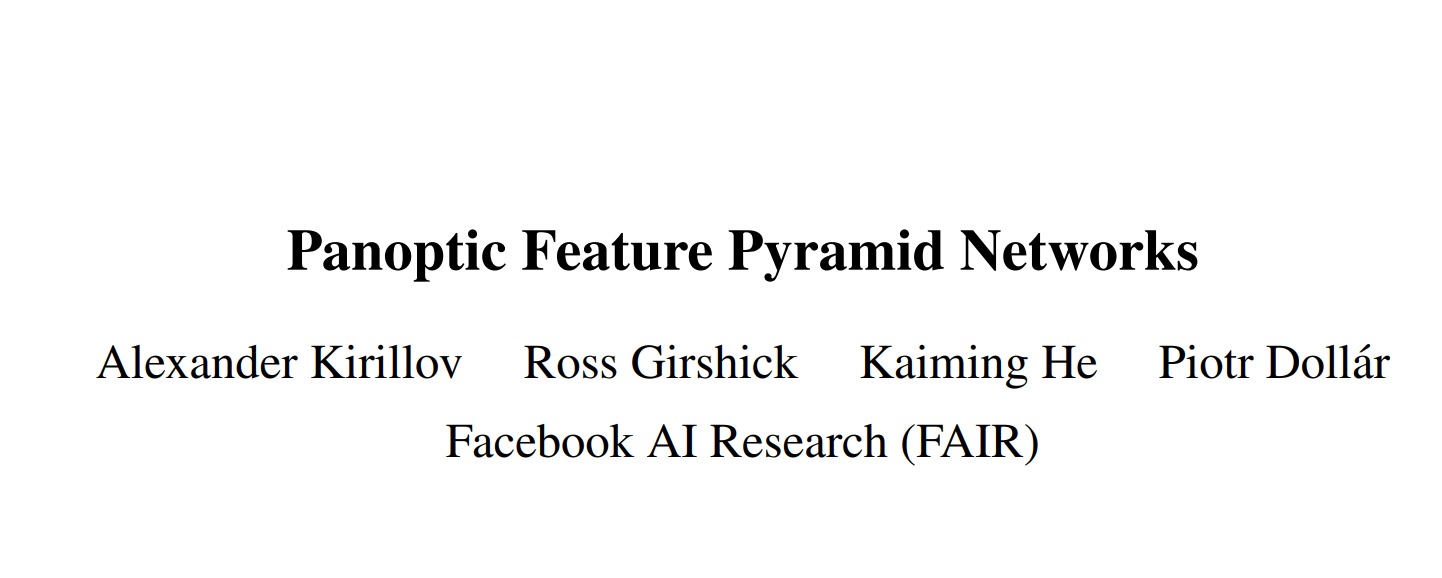中科院电子所十室自研UWB MIMO雷达.
- paper:3D Imaging of Moving Targets for Ultra-wideband MIMO Through-wall Radar System
- IET:link
超宽带(Ultra-wideband, UWB)雷达常用于穿墙成像。其中单输入单输出穿墙雷达系统只能提供一维距离信息,无法进行二维成像。合成孔径雷达(Synthetic aperture radar, SAR)使用单个雷达沿固定基线扫描合成孔径以获得多角度信息,但其移动扫描耗时、不方便。MIMO雷达使用多输入多输出的阵列拓扑,具有实时成像分辨率和高杂波抑制能力。
MIMO雷达的成像质量主要由硬件系统和成像算法决定。成像的方位分辨率和高度分辨率受到雷达孔径的限制。雷达孔径越大,成像分辨率越高,但需要更多的信道。本文设计了一种易于实现的多信道MIMO雷达,在提高雷达孔径的同时进行实时成像,其中雷达的信道是通过微波开关进行分时复用。
常用的雷达成像算法包括反向投影算法(back projection,BP)、距离迁移算法(range migration,RM)和压缩感知(compressed sensing,CA)。
- BP算法通过叠加每个收发天线对的回波延时,得到成像区域内每个像素的反演结果。该算法不受阵列结构的影响,但通常具有较高的旁瓣比(side lobe ratio)。
- RM算法通过FFT修正了回波数据在频域的距离迁移,提高了计算效率。但该算法只适用于分布均匀且满足Nyquist采样定理的阵列。
- CA算法的计算量比较大。
本文导出了一个修正的基尔霍夫三维成像公式,适用于UWB MIMO雷达的三维穿墙成像计算。目标运动对成像的影响是不可忽略的,由于本文设计的雷达通过通道切换分时复用,切换过程中降低了系统的扫描率,因此需要更高的信噪比,获取单帧数据的时间也会更长。本文引入了一个参考信道来估计运动目标的位置变化,用于进行运动补偿。
为了获得较大的矩形孔径,并在方位、高度和对角方向(方位角的45°)实现较低的峰值旁瓣比和高分辨率,四个发射天线放置在阵列的角落,接收天线分布在两个同心圆上,因为同心圆的投影在各个方向上是一致的,这可以确保每个维度的一维投影冗余最小化,并降低旁瓣值。参考通道位于阵列中心,天线为平面阿基米德螺旋天线,如图所示。




